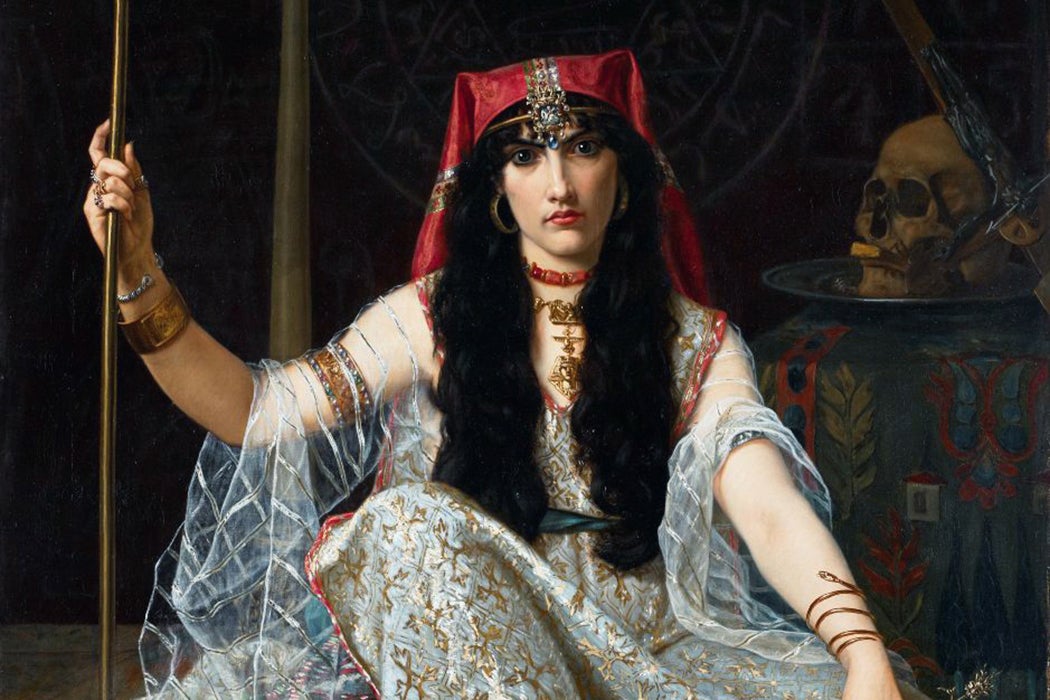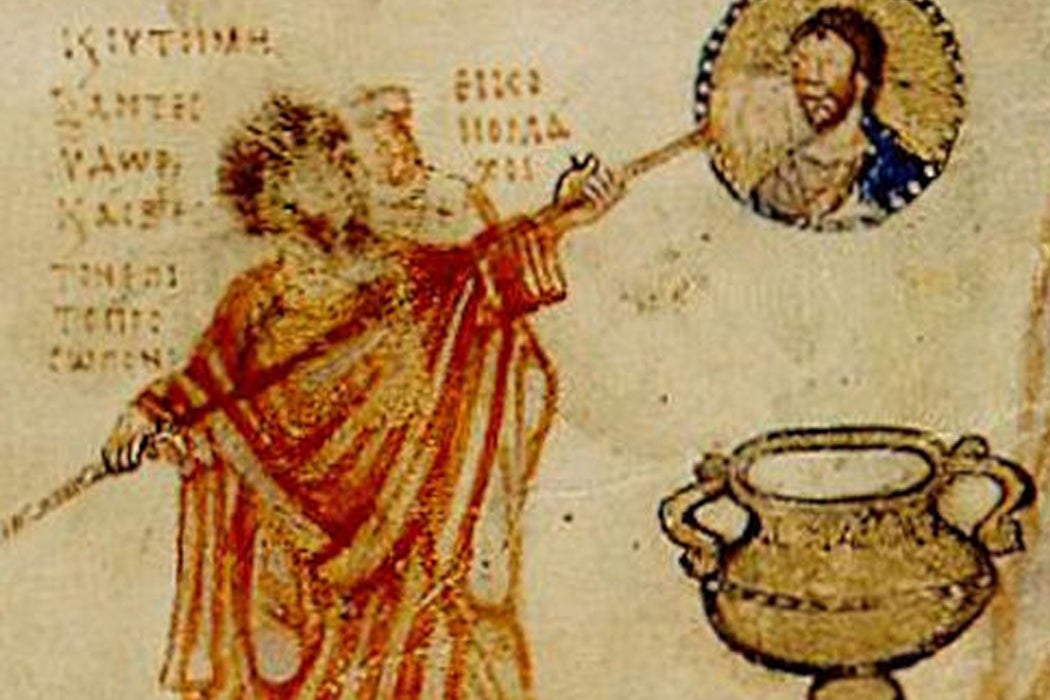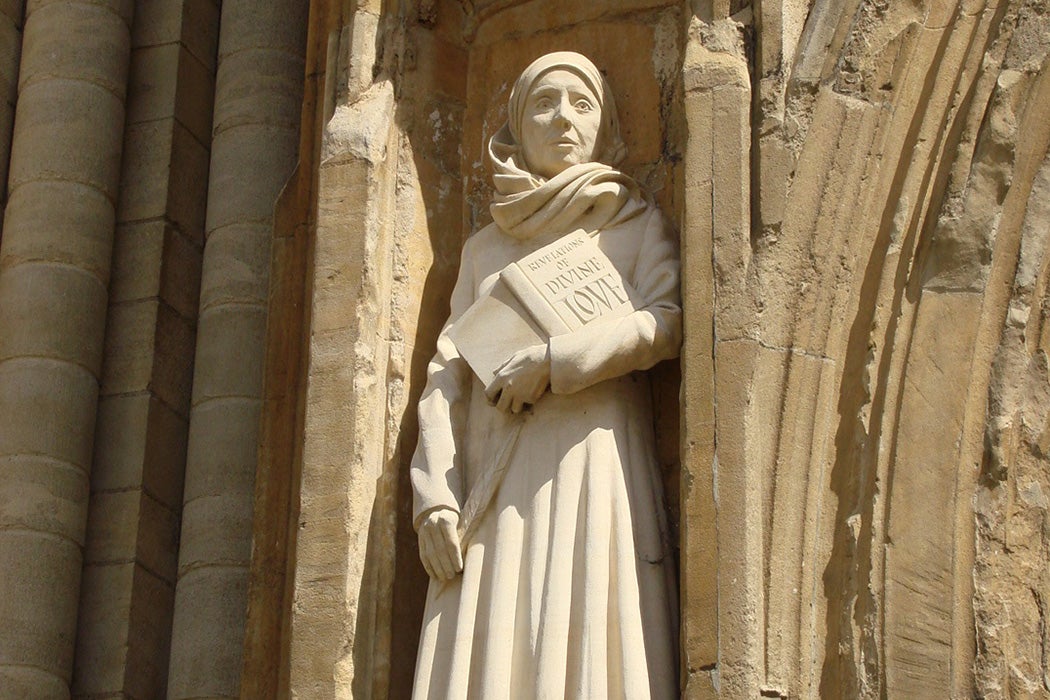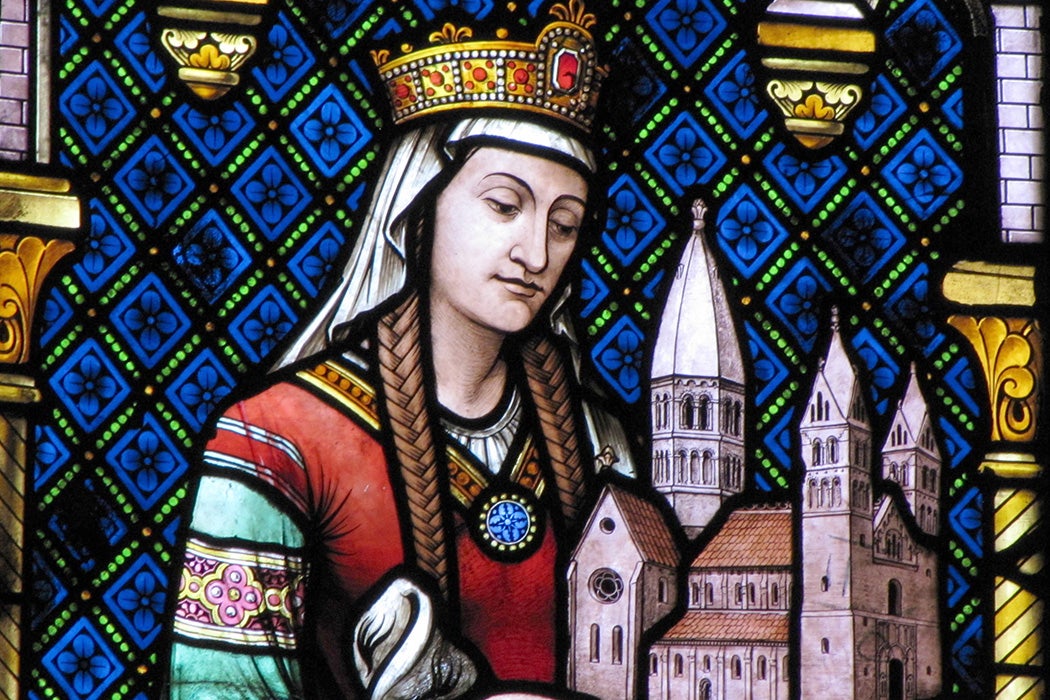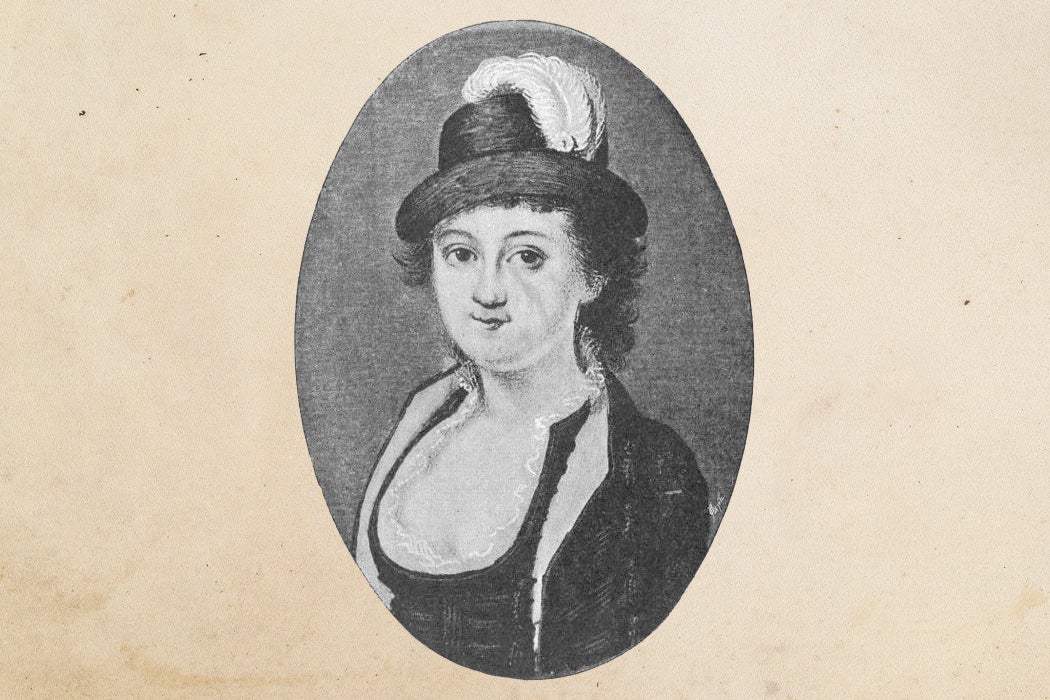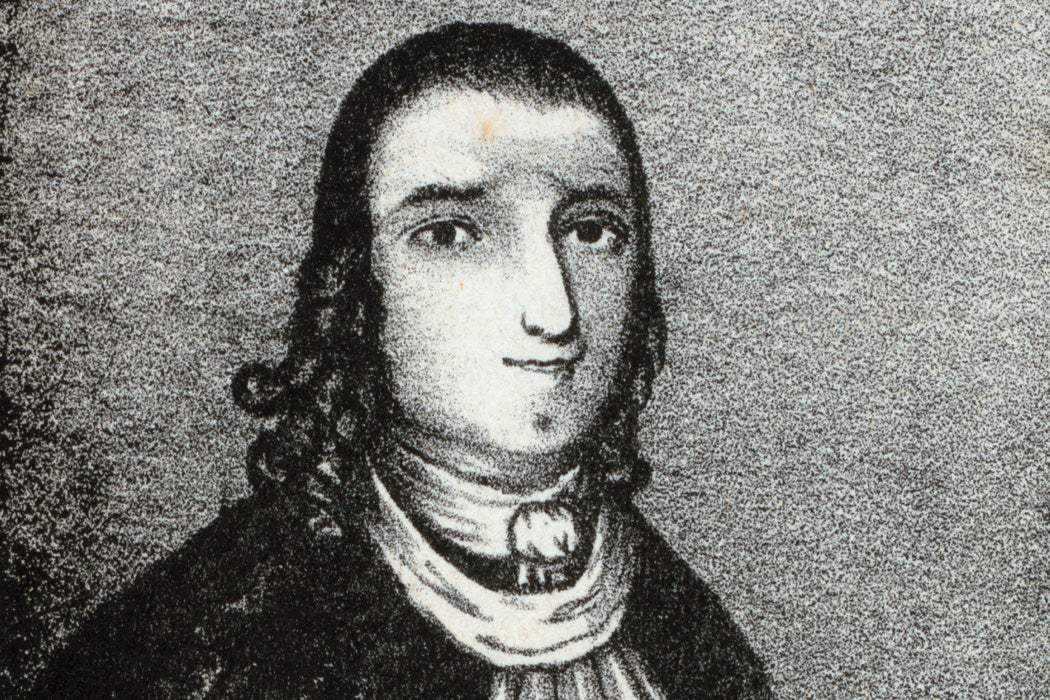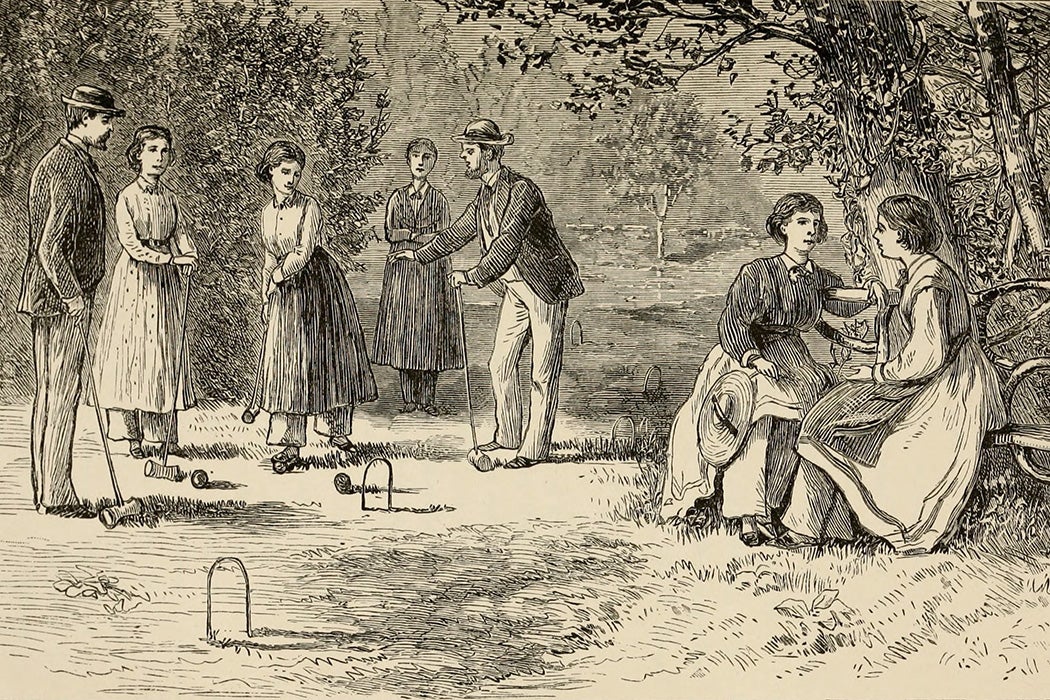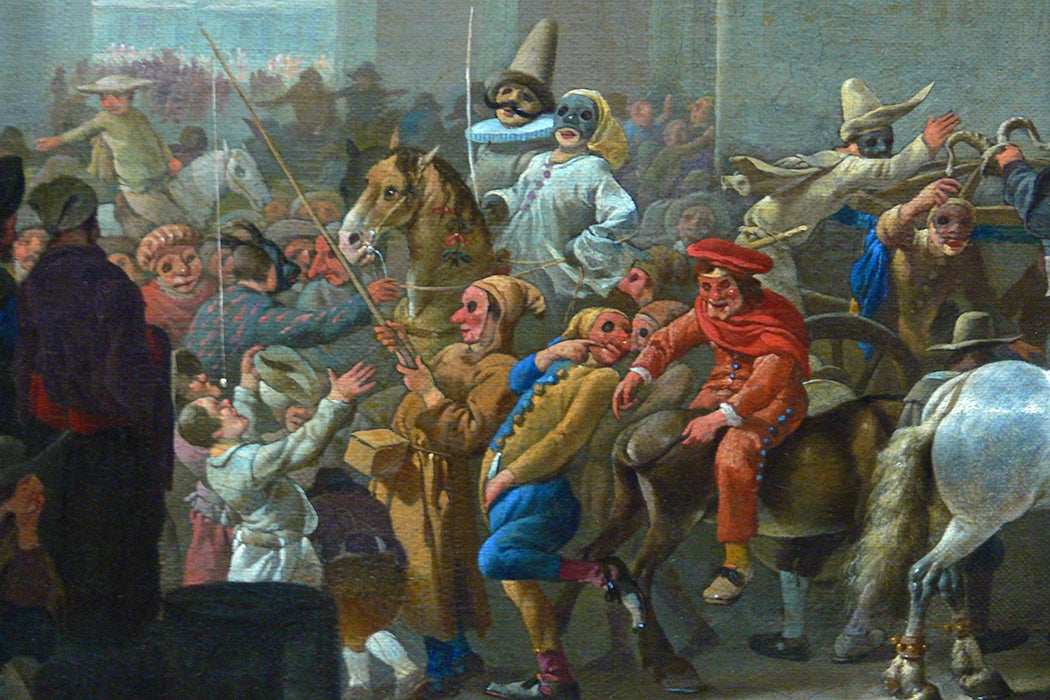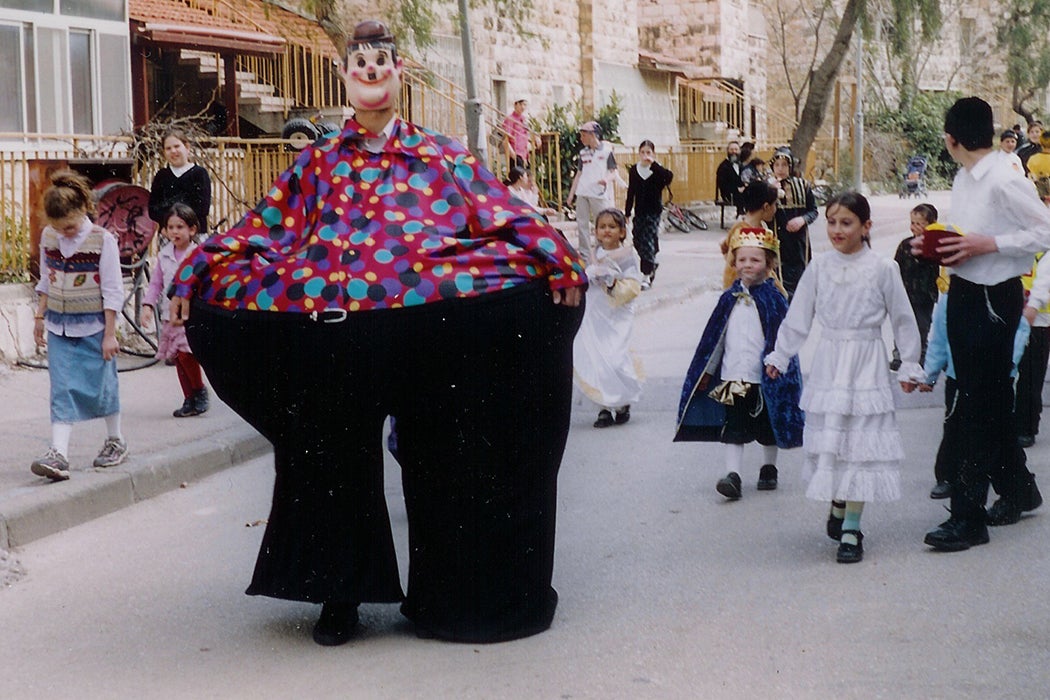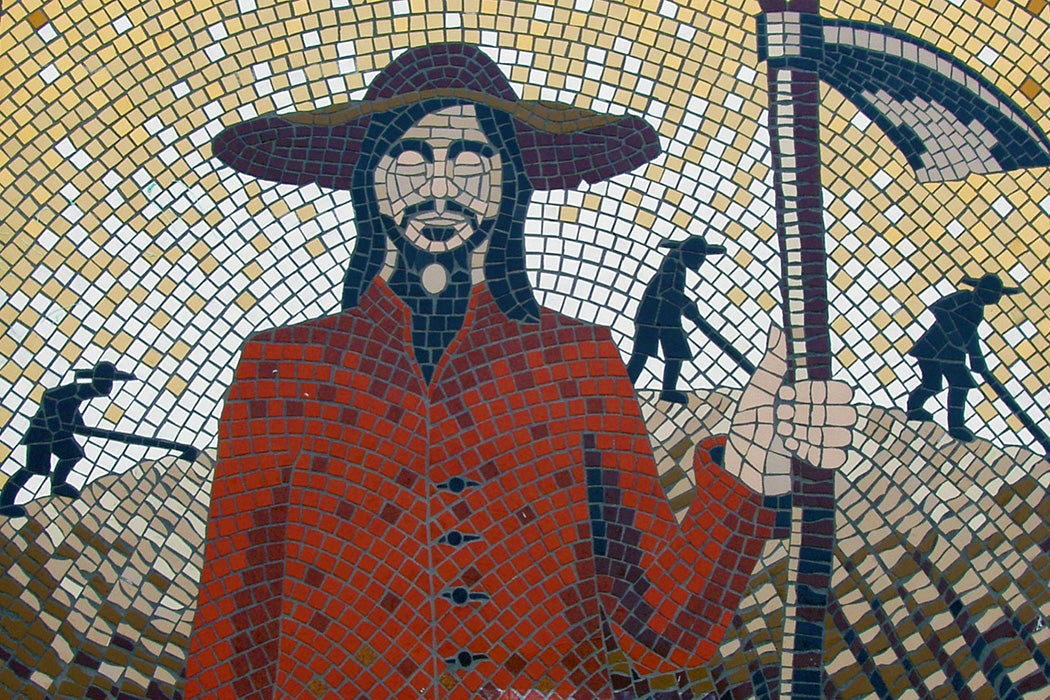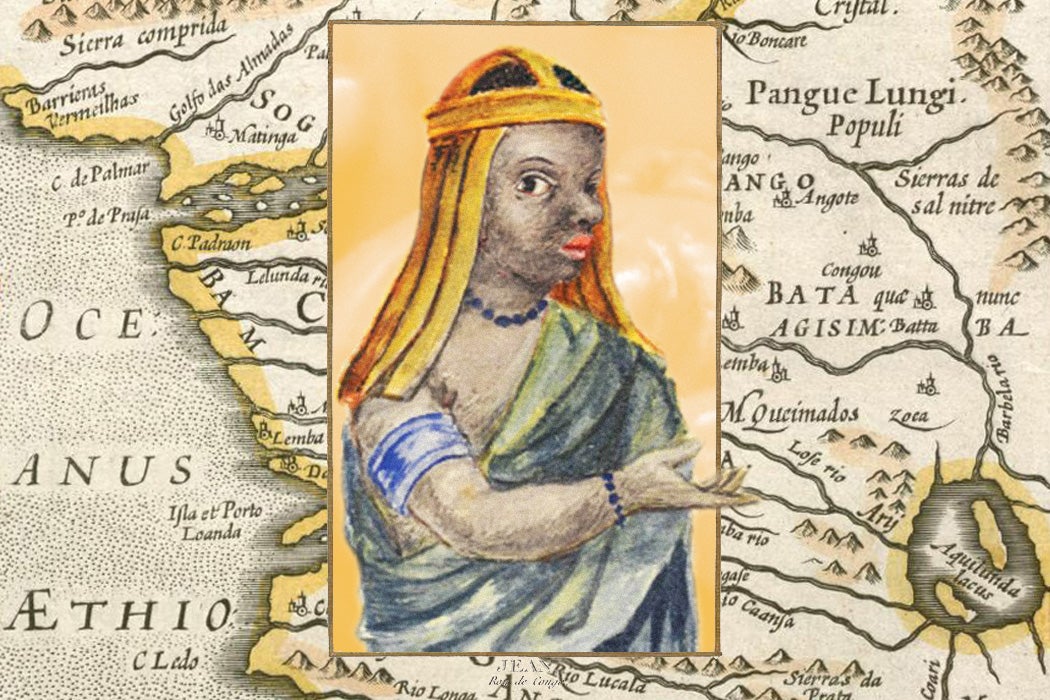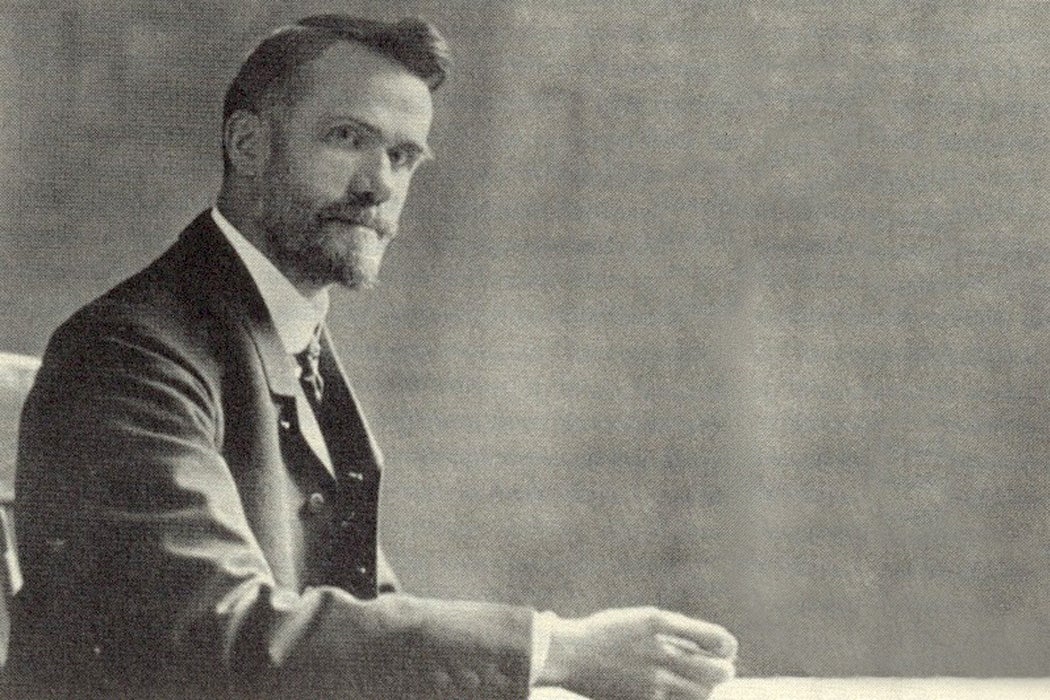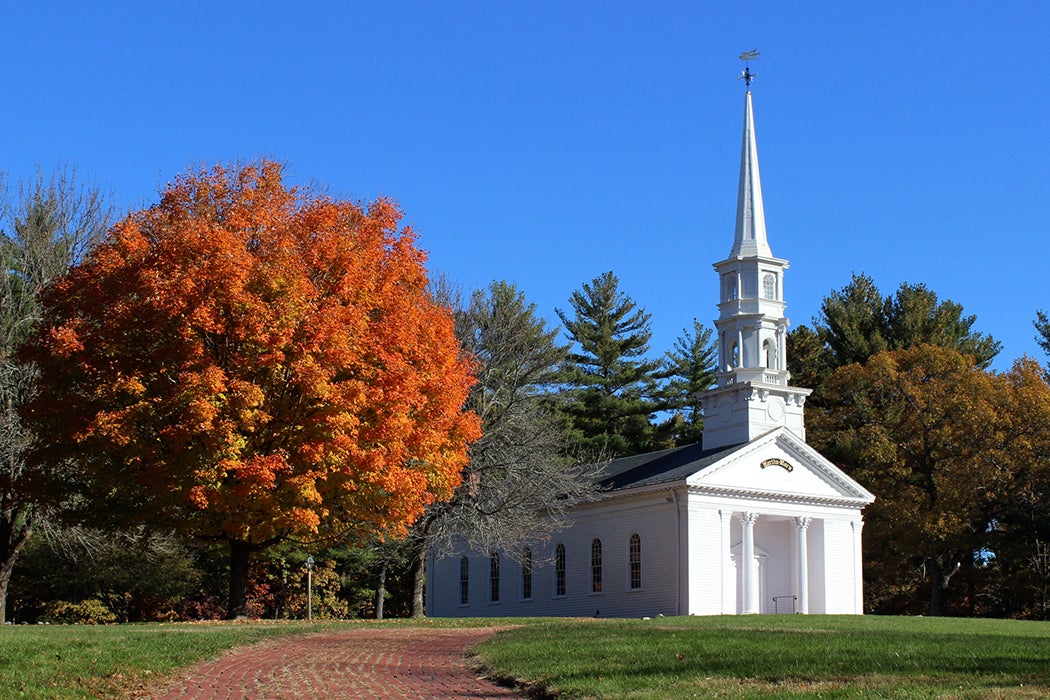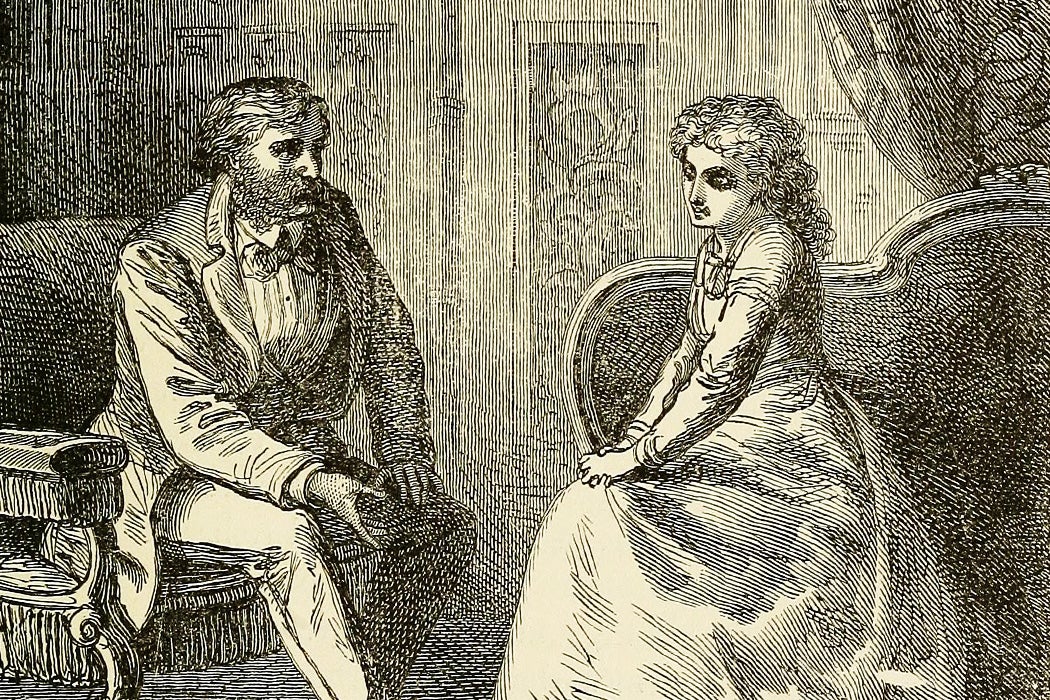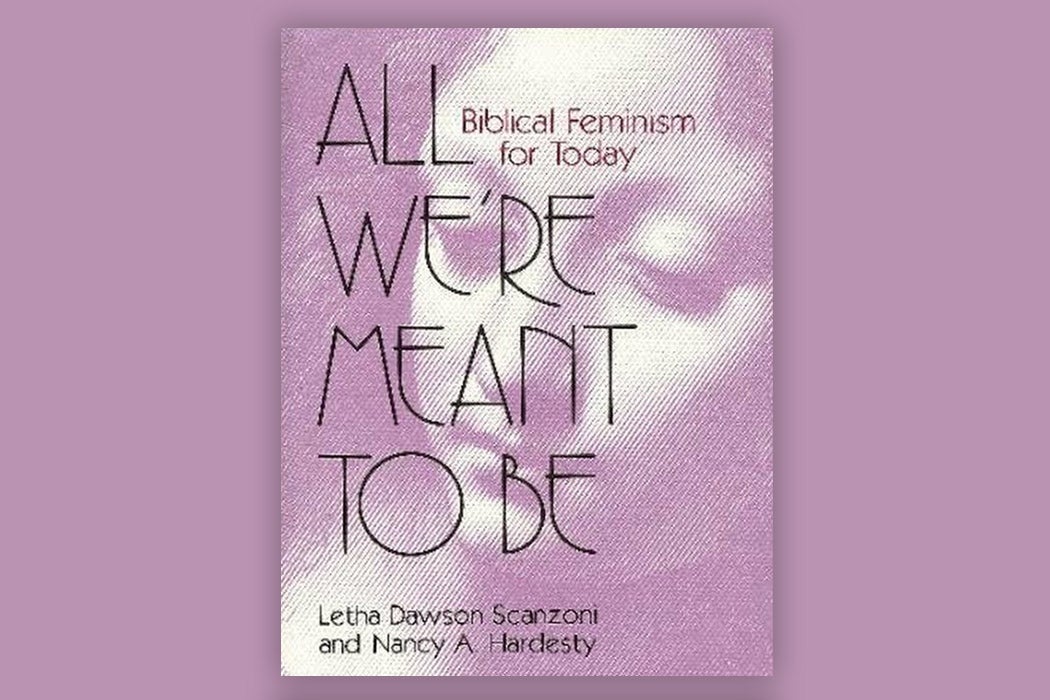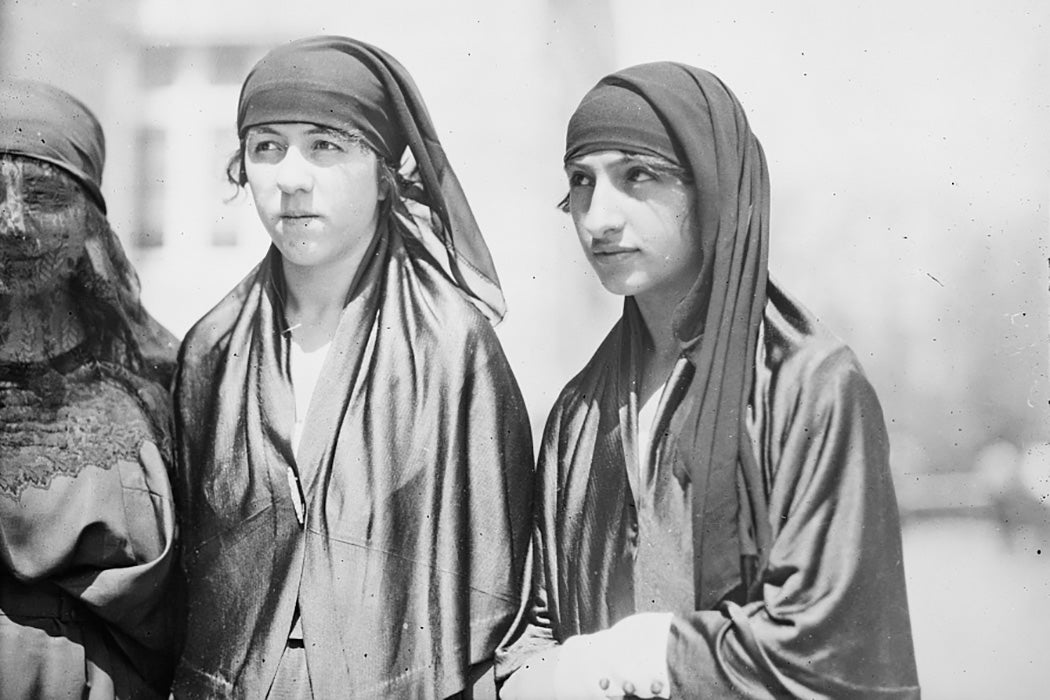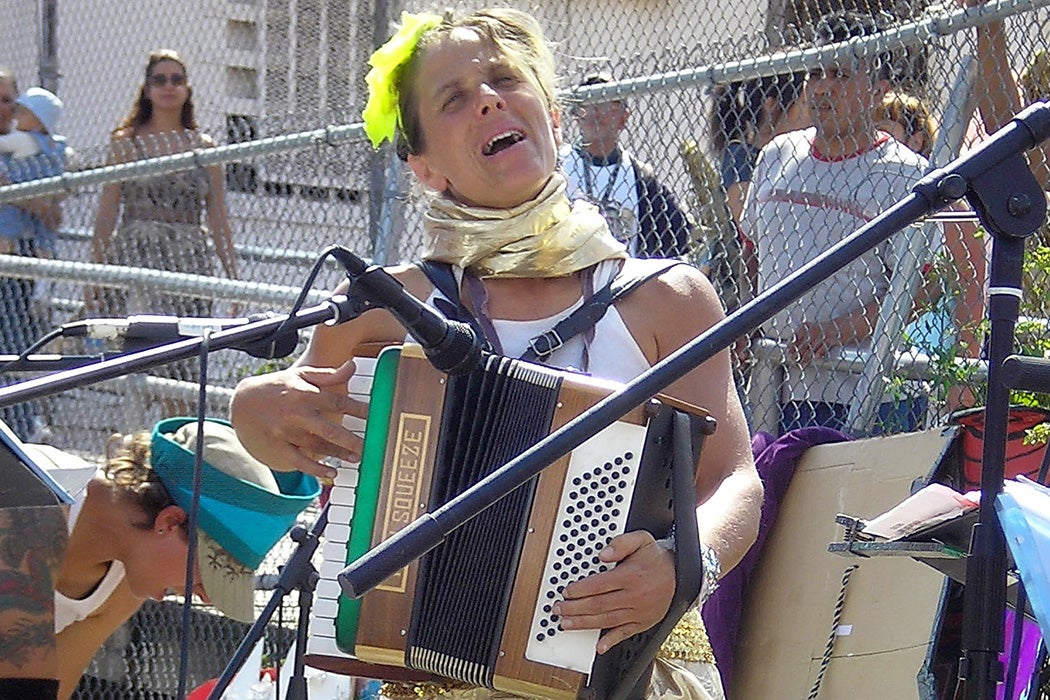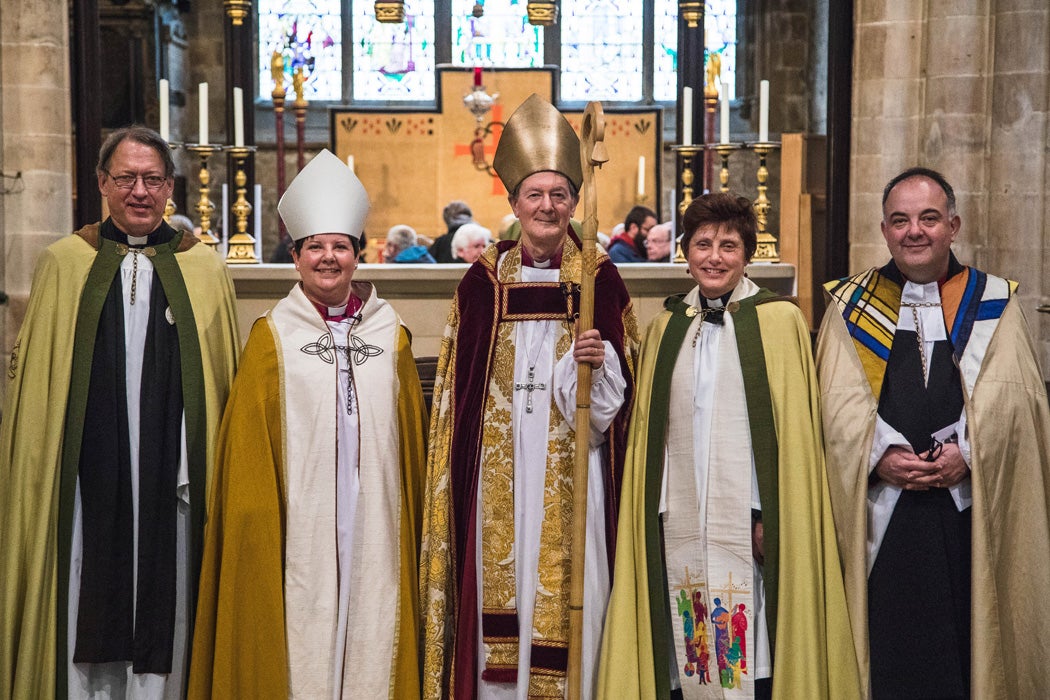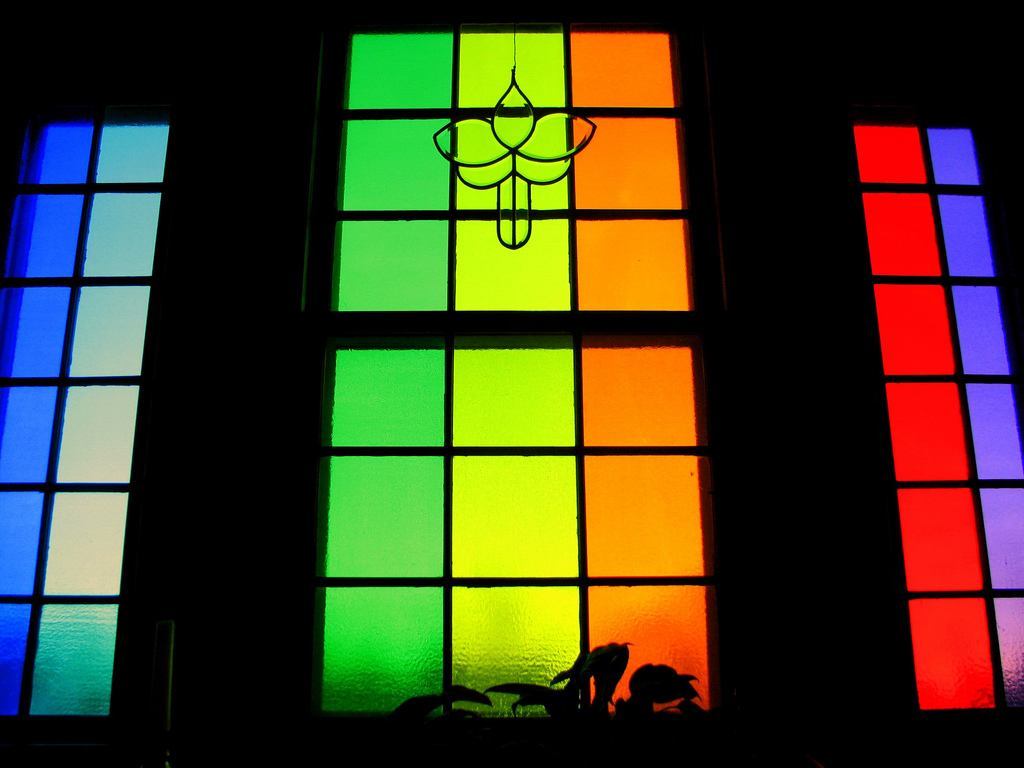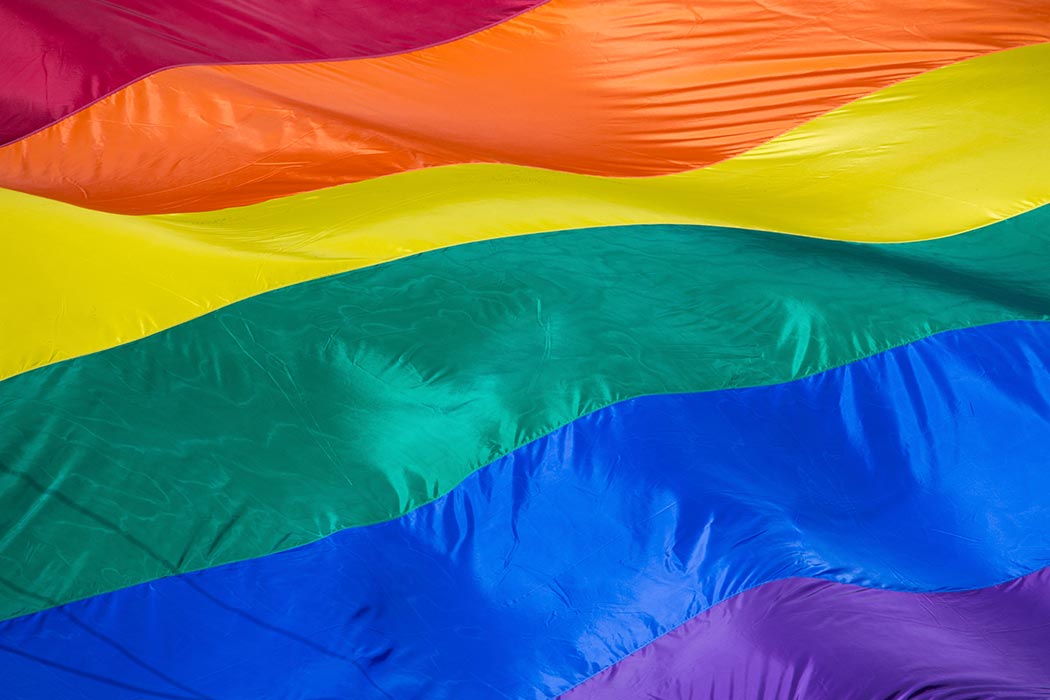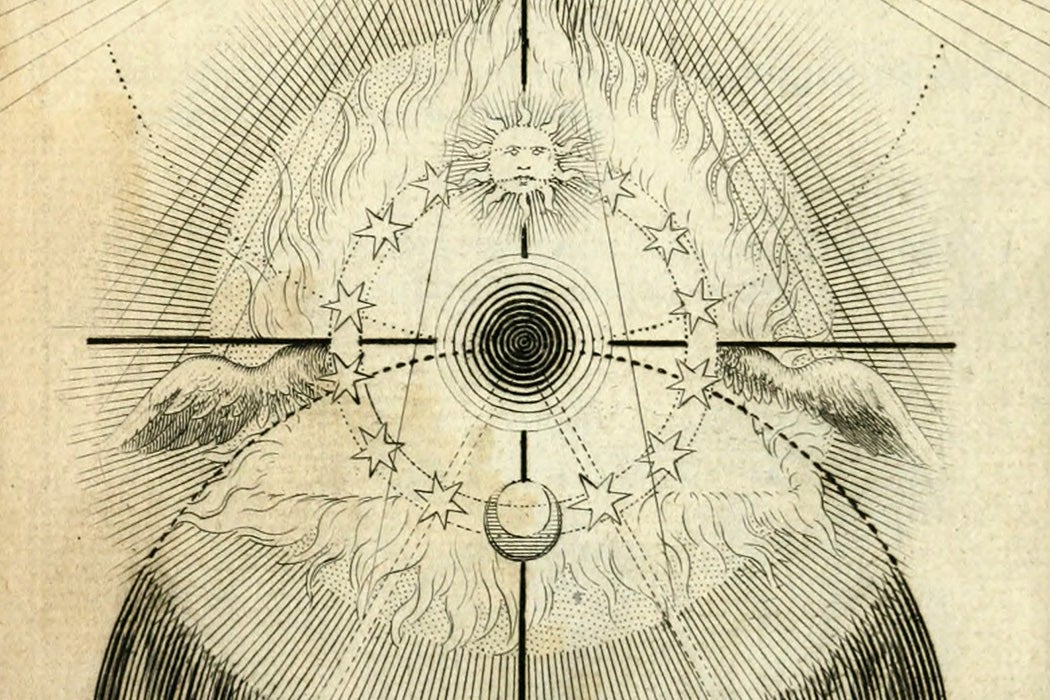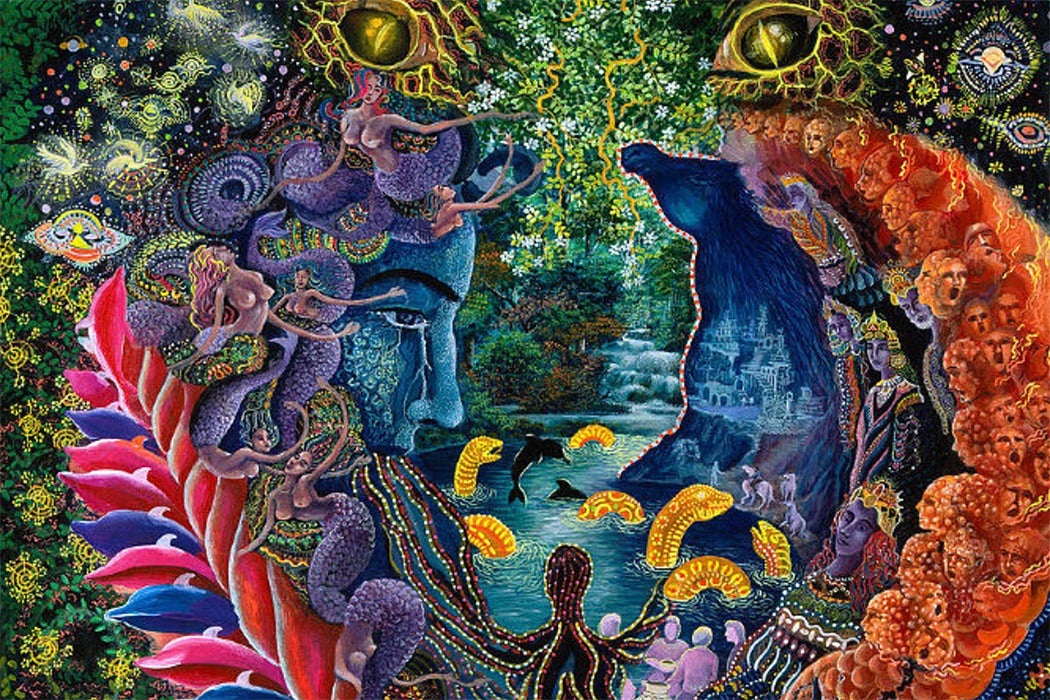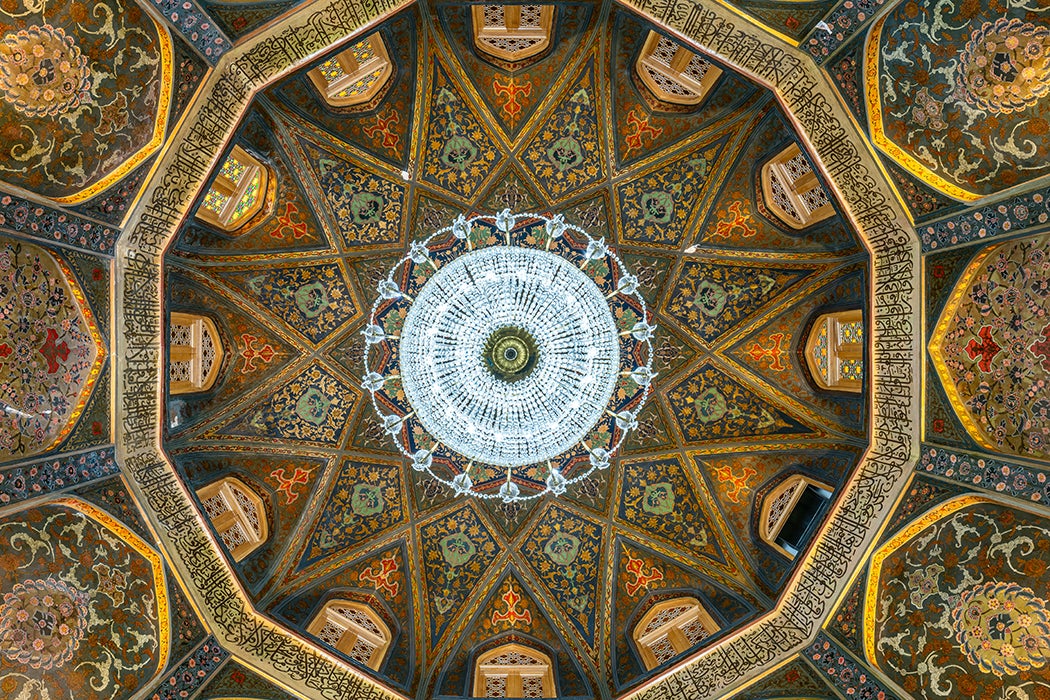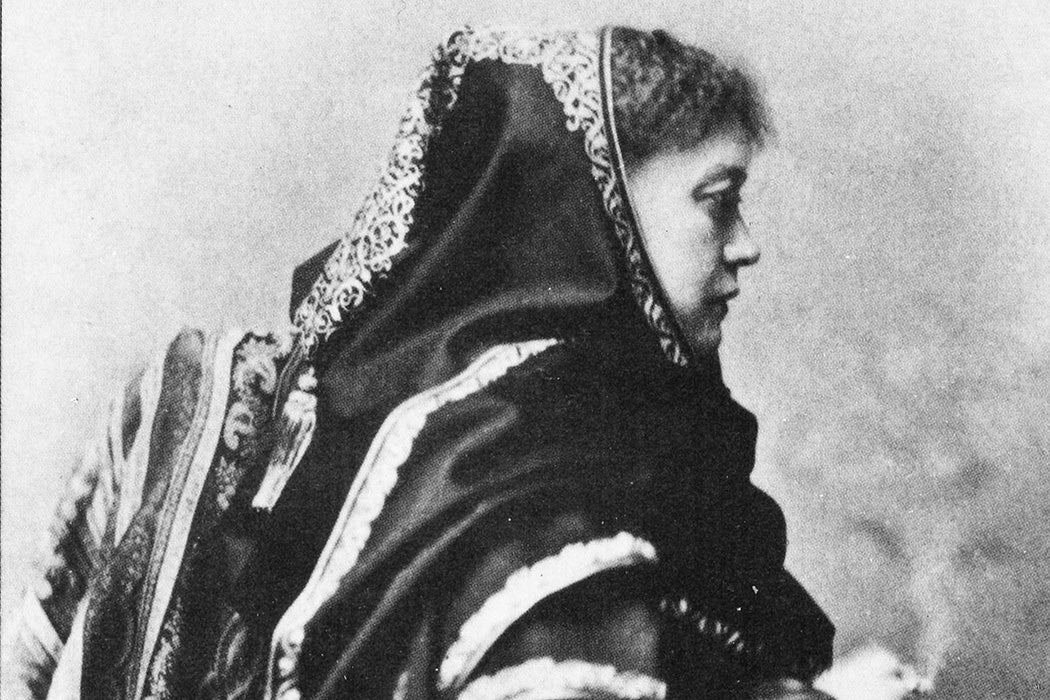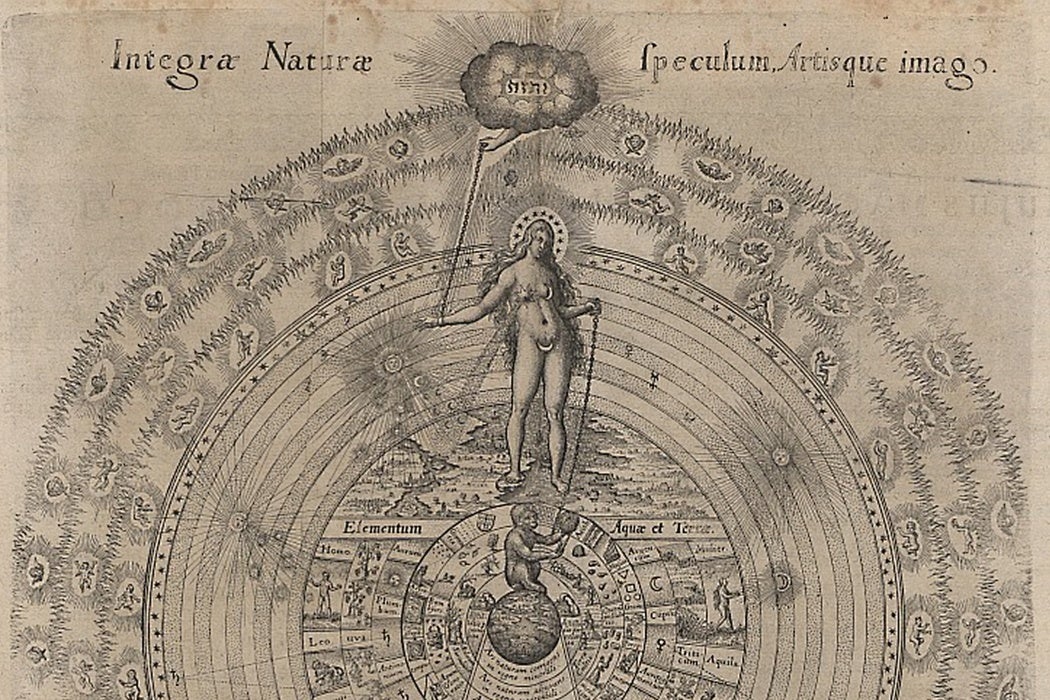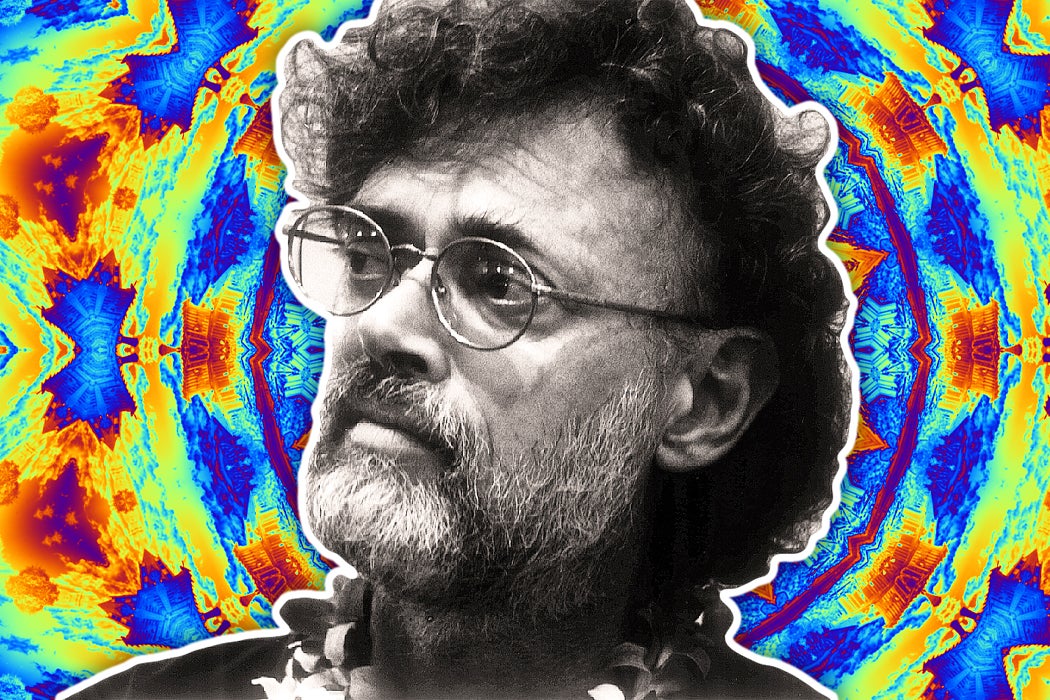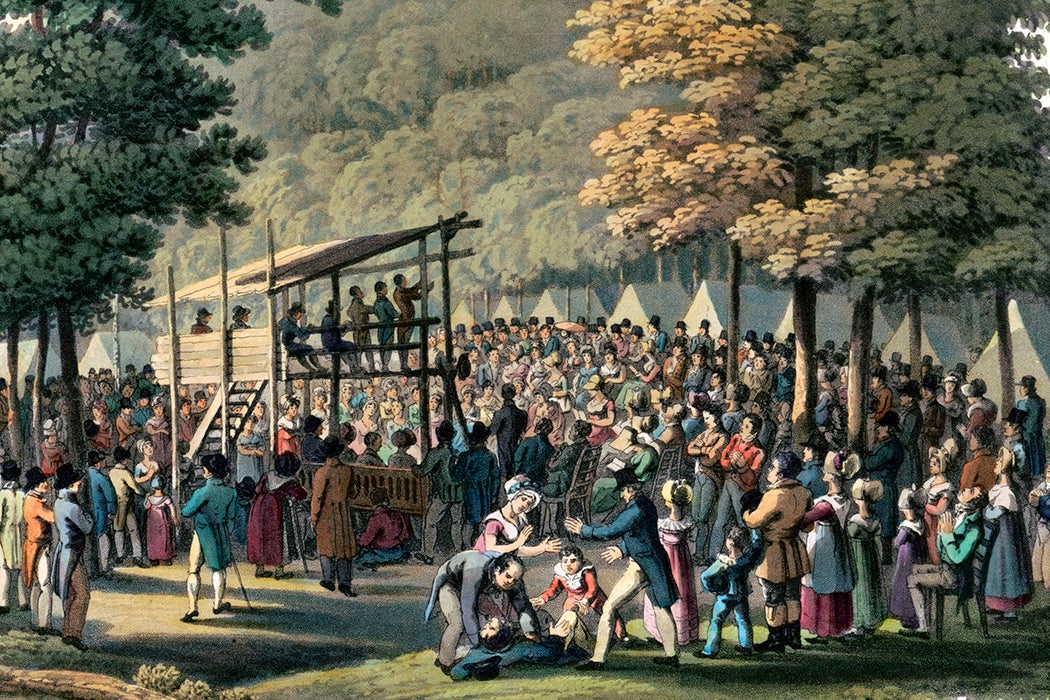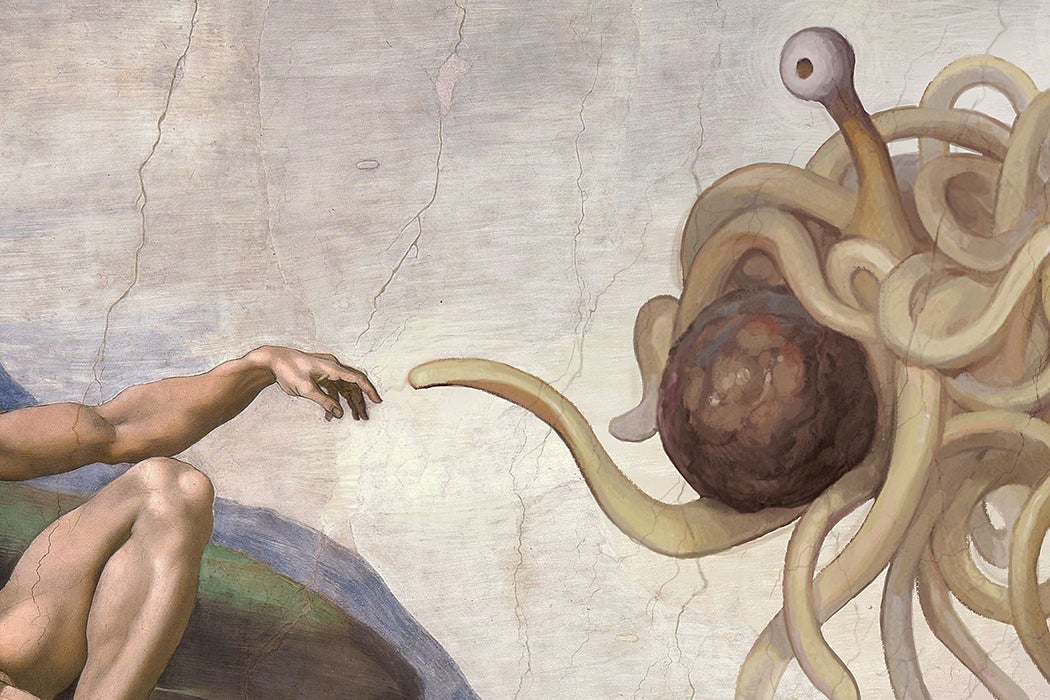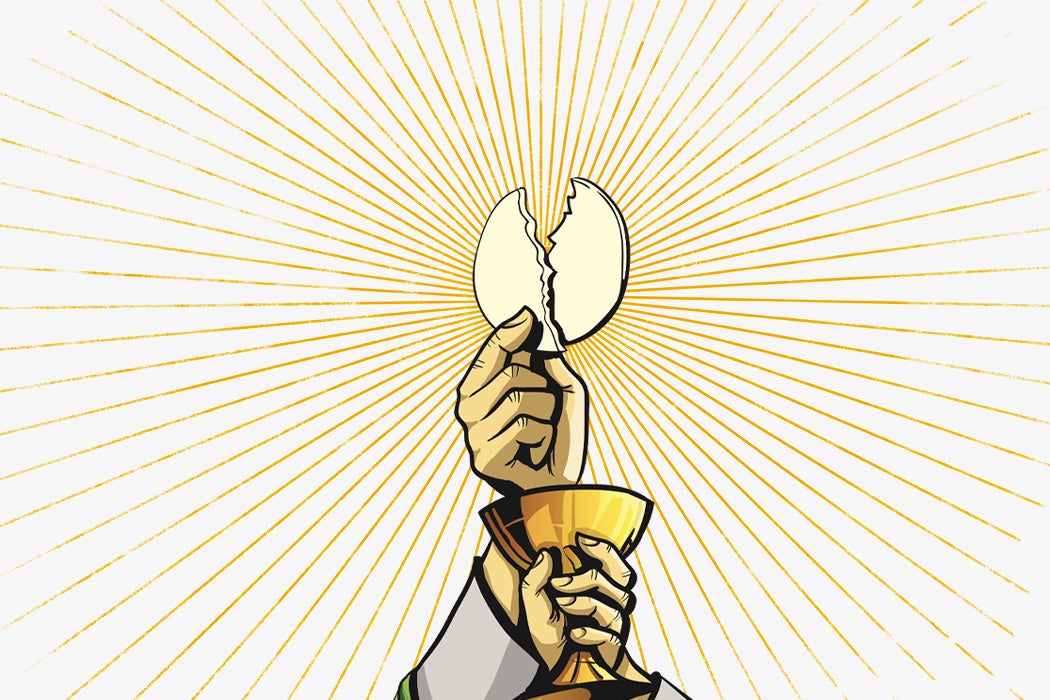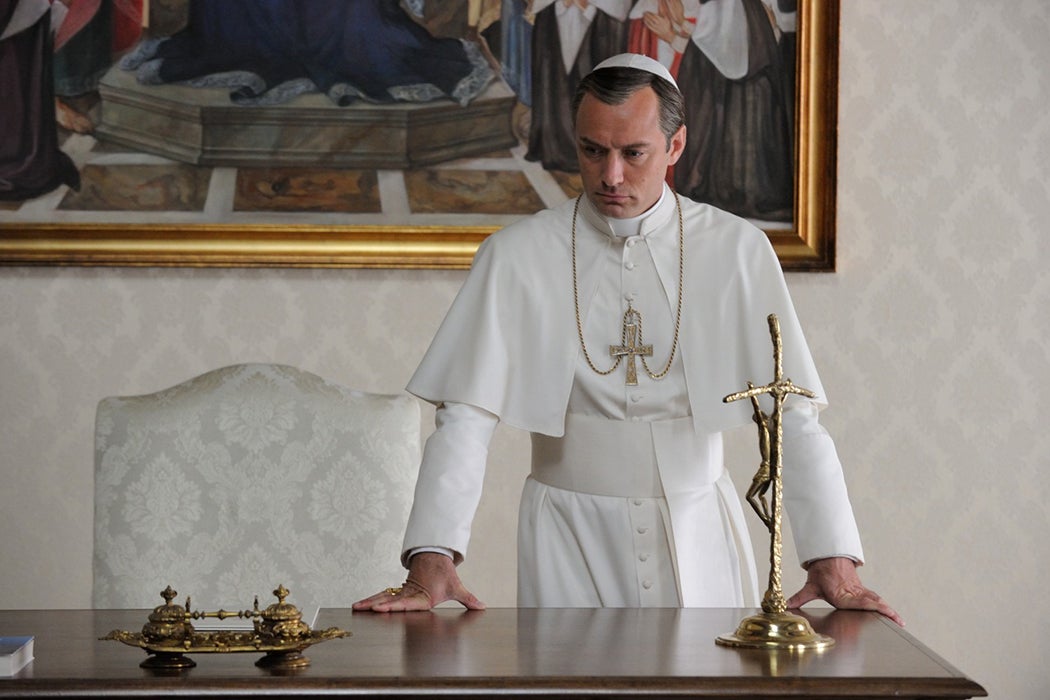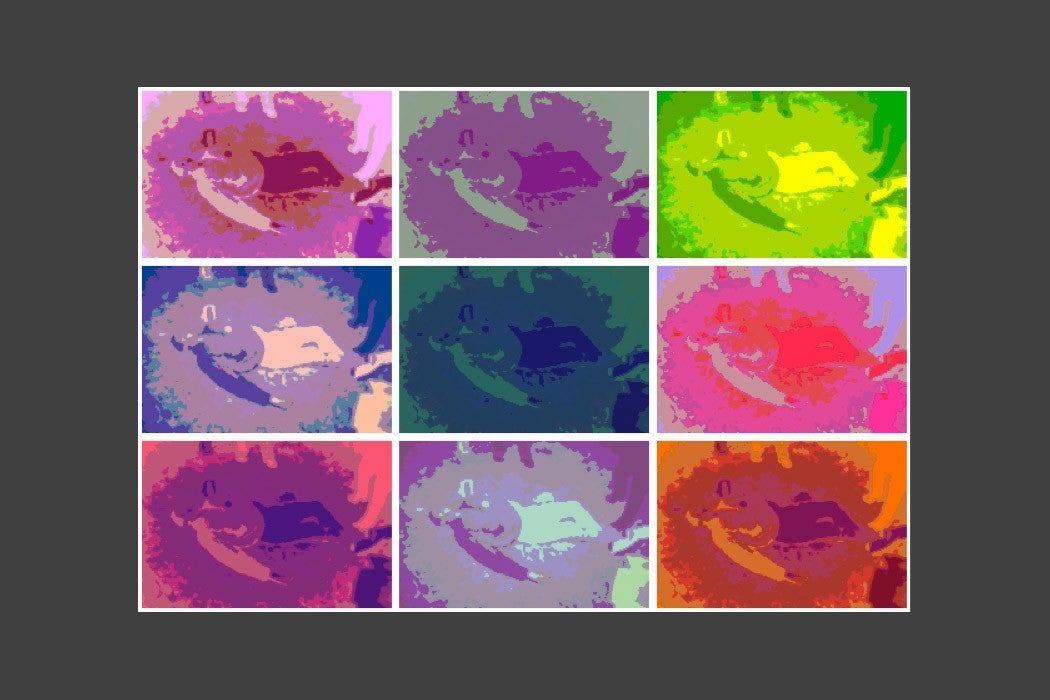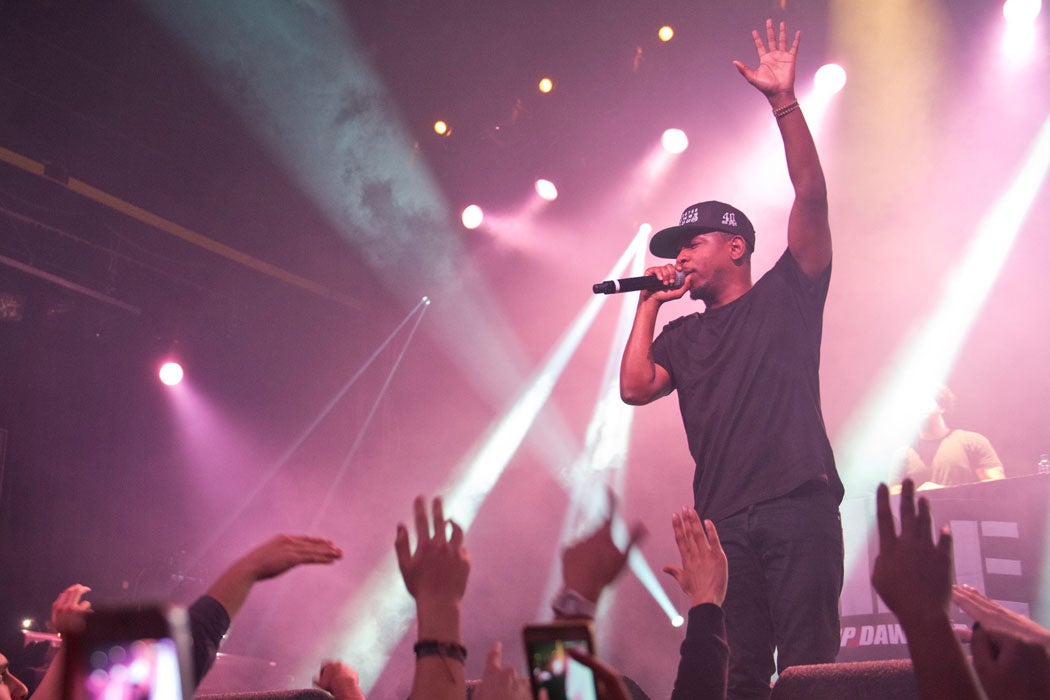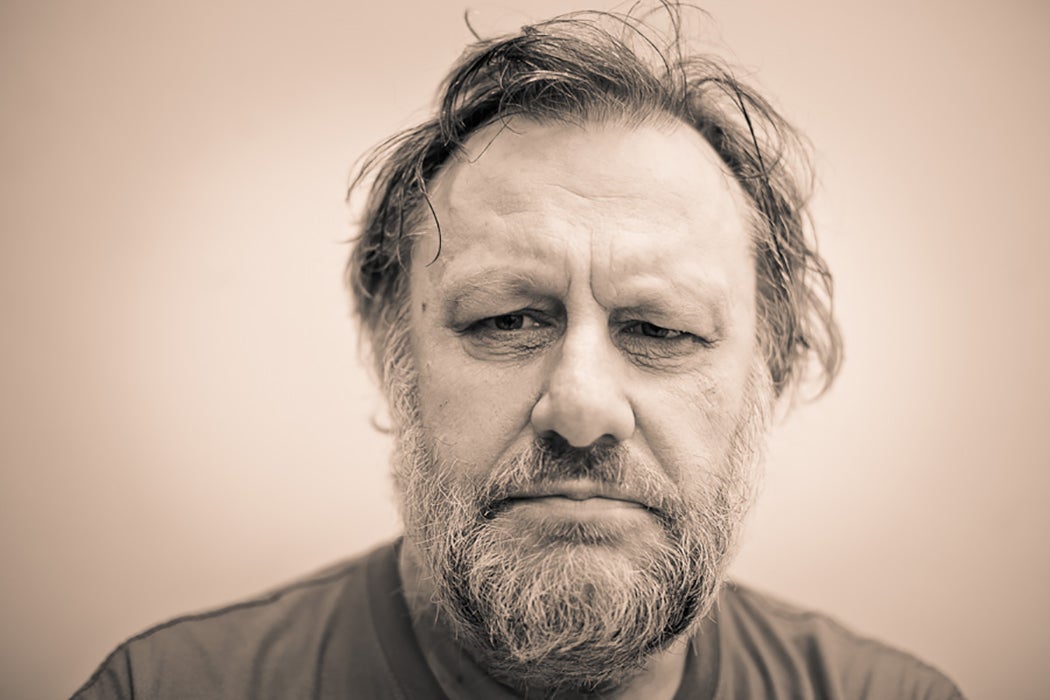The icon indicates free access to the linked research on JSTOR.
On a February day in 1597, flurries of snow caught in the low winter sun, twenty-six priests in rough woolen black and brown cassocks were marched through Nagasaki toward Nishizaka Hill. There, seventeen Japanese Franciscans, three Japanese Jesuits, four Spanish Franciscans, and a Portuguese and Mexican member of that same order were crucified. Such a demeaning execution was meant to evoke the most famous of crucifixions, when Christ yelled out “My God, My God, why hast thou forsaken me?” and seemed to briefly consider atheism.


In largely Catholic Nagasaki, the faith went underground during the Tokugawa shogunate, and it wouldn’t be until the nineteenth century that Christians would once again worship openly. In honor of that restoration, the French missionary Bernard Petitjean established the Immaculate Conception Cathedral, constructed on the site where, for two centuries, “hidden Catholics” were forced to trample upon crucifixes and medallions depicting the Virgin Mary. Established in 1895, the Immaculate Conception Cathedral was completed thirty years later, consecrated to the memories of St. James Kisai, St. Paul Miki, St. Philip of Jesus, and St. Francisco Blanco and decorated with statues of Christ and the Blessed Virgin.
On August 9, 1945, the church was filled with parishioners preparing for the Feast of the Assumption of Mary when, only five hundred meters from the sanctuary, a fissionable plutonium device code-named “Fat Man” was dropped by the United States. The resultant nuclear explosion instantly incinerated every worshiper.
As a parable, the story of the Immaculate Conception Cathedral demonstrates something about the scandal of faith in modernity. The horrors of both the Holocaust and Hiroshima put the venerable philosophical questions of theodicy—How could an all-powerful and all-good God allow for evil?—into stark and visceral relief. For many, no doubt, there was a sense that the traditional understanding of God was at best naïve and at worst an obscenity. For a contingent of radical theologians sometimes referred to as the “God is Dead” movement, there developed a sense that orthodox approaches to faith were now clearly unjustifiable, but that religious history and thought still provided a potent poetics for understanding God’s silence. Immaculate Conception Cathedral, after all, was witness not just to suffering in the twentieth century, but for its entire history, and radical theologians serve to understand and draw from those past confrontations with God as surely as they did with current suffering as well.
Eschewing both the reductionism of uncomplicated belief and disbelief, being neither the traditionally faithful nor atheistic, radical theology took religion seriously but aimed to construct revolutionary and liberatory understandings of myth, ritual, and scripture that could speak to the dearth of meaning in our contemporary moment. If anything, there was a sense that religion was too important to be left to the religious, and that in the example of past idiosyncratic, eccentric, or iconoclastic thinkers and movements, there could be a way to model more emancipatory practices and theologies for the future. Radical theology is a broad congregation, but as an approach what it shares is an acknowledgement of how damaging orthodox modes of belief can be, with a utopian desire to forge a new way of worshiping, praying, contemplating, and agitating.
“Theology is now called to listen fully to the world,” wrote Thomas J. J. Altizer in his controversial 1966 The Gospel of Christian Atheism, “even if such listening demands a turning away from the church’s witness to Christ.”
In the middle of the twentieth-century, theologians such as Altizer found a home in many mainstream seminaries, exploring what it would mean to have faith in a disenchanted world, to formulate prayers to a dead God. Often gnomic, aphoristic, oracular, and prophetic, radical theologians including Altizer, Gabriel Vahanian, William Hamilton, Mary Daly, and Richard Rubenstein were featured in popular publications like Time magazine, courting controversy through paradox and poetics, formulating new ways to talk about the transcendent. Influenced by figures like Friedrich Nietzsche and Paul Tillich, and in turn influencing a later generation of writers and scholars such as John Caputo, Slavoj Zizek, and Peter Rollins, radical theology can be a hermetic but rewarding corpus of work for the faithful atheist, the doubting believer, the joyful heretic and the ecstatic blasphemer. A contested discipline, theory, methodology, and movement, radical theology is at its core about attempting to discover the revolutionary potential of religion, despite faith’s own worst intentions.
More than just a movement from the middle of the past century, more than just an approach or a theory or a philosophy, radical theology is a disposition, an attitude, and a vibe for those who can’t help but orient themselves to the divine, despite its many failures.
In the Beginning—Precursors
July 15, 2021
Some nineteenth-century women writers argued that the first Christians included women who were close to Paul—and maybe apostles themselves.
January 28, 2015
In the 8th century, the Eastern or Orthodox branch of Christianity gave history the word iconoclasm, from the Greek words for "icon smashing."
January 15, 2022
A religious recluse, mystic and author, Julian of Norwich wrote of Jesus Christ as a nurturing mother and teacher to the faithful.
October 13, 2021
Hildegard von Bingen wrote medical texts describing how to prepare abortifacients.
April 27, 2022
Was this revered female figurehead an empowered leader or a tragic victim in her father's wake?
August 15, 2019
In 1776, a 24-year-old Quaker woman named Jemima Wilkinson died of fever, and came back to life as a prophet known as the Publick Universal Friend.
December 12, 2019
The Oneida Community's Christian form of collectivism was transported to California in the 1880s, when the original Oneida Community fell apart.
The World Turned Upside Down—Carnival and Revolution
July 29, 2019
There is a long history of leftist thinkers embracing Satan, usually just as a way to shake up political rhetoric.
February 20, 2020
Carnival is known for overturning the rules of society for a short time. But strangely, many scholars don't discuss what a big role alcohol plays in it.
February 22, 2018
The day-long Purim festival was transformed into a week-long carnival in the Dutch Caribbean colonies, as a rowdy celebration of inversion celebrated liberations of all kinds.
November 10, 2020
The early modern Protestant sect has been seen as a predecessor to radical political views. But is that how they saw themselves?
February 6, 2019
The legacy of Kimpa Vita, a Kongolese Catholic mystic, was felt from the U.S. to Haiti.
February 4, 2021
A remarkable episode of Medieval Islamic history that often goes untold.
November 17, 2022
For those thousands involved with the Bund, the group played an important role in a era marked by trauma, displacement, and resettlement.
January 31, 2019
At the turn of the twentieth century, American Christian evangelicals, led by Pastor Walter Rauschenbusch, were at the forefront of socialism.
November 9, 2017
The aftermath of the 2016 U.S. election has renewed calls for an empowered coalition of religious liberals. Is there a place for the religious left?
The Gendered God—Feminist and LGBTQ+ Approaches
May 16, 2018
Mother Superior Benedetta Carlini, a visionary nun of Renaissance Italy, was accused of heresy and “female sodomy.”
November 17, 2021
Sometimes the pursuit of gender equality requires a little witchcraft.
February 1, 2018
Shaker communities seem to have appealed to a lot of women because they offered a respite where their work was honored and respected.
May 24, 2019
How the once sex-averse Church of Jesus Christ of Latter-day Saints and Seventh Day Adventism embraced (married, monogamous) sex as a positive ideal.
February 16, 2022
From Christianity’s beginnings, the religion has been split between two visions of gender relations.
May 11, 2022
The long, little-known history of Muslim women in communal religious life.
June 5, 2022
Queer Yiddishkeit challenges the notion that Yiddish is inherently heteronormative or conservative.
May 28, 2019
Christian and Jewish women leaders transformed the US religious landscape during the 1970s, but subtle discrimination has limited their opportunities.
June 16, 2016
Gay Christians have special challenges when it comes to integrating an LGBT identity within a religious identity.
February 5, 2016
The queer theology of Marcella Althaus-Reid calls into question our understandings of gender, sexuality, power, and our desire for God.
Into the Mystic—Enchantment and Transcendence
August 24, 2021
People who don't follow organized religion sometimes describe themselves as spiritual. But this idea isn't a recent invention.
November 4, 2020
“If someone is from the Amazon,” says Evgenia Fotiou, an anthropologist who studies Western ayahuasca usage, “they bring some legitimacy” to an ayahuasca ritual.
May 29, 2022
Spiritism appealed to Iranian intellectuals who sought to reconcile their commitment to science with their pursuit of moral reform.
October 25, 2016
Madame Helena Blavatsky was the 19th century's most famous and notorious occultist. She was also the godmother of the New Age movement.
August 5, 2015
An examination of panpsychism's history.
March 12, 2022
Terence McKenna was an evangelist for the use of psilocybin and other mind-altering drugs, as a way to transcend and escape “untrammeled rationalism.”
The Meme Made Flesh—Postmodernism and God
September 4, 2018
During the Second Great Awakening of 1830, science and religion were seen as “two aspects of the same universal truth.”
September 5, 2017
Fake religions tend to embrace irony over piety and satire over sincerity, preferring to critique existing institutions than to displace them.
June 21, 2020
The idea of a virtual Eucharist may feel at odds with Catholic tradition, but it has deep roots in the church’s history.
October 18, 2017
Has anything like the events depicted in The Young Pope ever happened before? The answer, you may be surprised to learn, is yes.
May 28, 2015
In America, black humanity is a folk category; and black death might have become the new pop art.
May 7, 2018
Kendrick Lamar namechecked Black Israelism on his last album. The history behind the religious doctrine dates back at least to the eighteenth century.
December 6, 2020
Philosopher John Gray on why he is critical of prevailing ideas of progress, his friendship with Isaiah Berlin, and the wisdom of cats.
December 25, 2017
West speaks on Obama’s legacy, the failures of American empire, and the role of race in Trump’s election.
June 27, 2018
The Slovenian philosopher Slavoj Žižek is famous for his provocative takes, but how should we understand his basic ideas?
